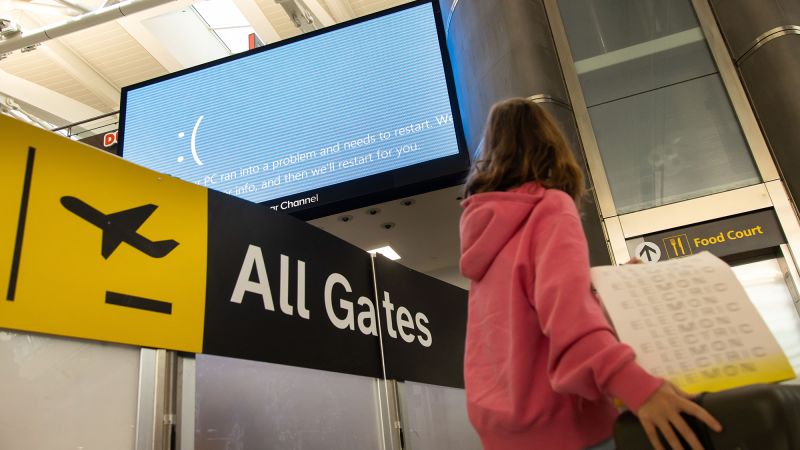CrowdStrike, a cybersecurity company that many may not have heard of before, recently experienced a major software bug that caused a massive computer outage. This incident highlighted the potential fragility of the global order, as even the most technology-driven and interconnected systems can be susceptible to disruption. The bug put Windows computers into Blue Screen of Death mode, requiring manual intervention to fix, leading to significant challenges for affected organizations.
The aftermath of the CrowdStrike outage required significant manual intervention, with each affected device needing to be assessed, rebooted, and fixed by hand. This created a laborious and time-consuming process for IT staff, as automation was not possible to resolve the issue. The impact of the outage extended beyond CrowdStrike customers, affecting businesses that rely on interconnected systems for services such as online reservations, delivery orders, and payment processing.
The interconnected nature of the modern world, facilitated by technology systems that many do not fully understand, was once again underscored by the CrowdStrike outage. The scale of the disruption, with millions of Windows devices affected, led to widespread consequences such as flight cancellations, hospital and government service interruptions, and communication failures. However, blame cannot solely be placed on CrowdStrike, as broader systemic issues within the cybersecurity and technology infrastructure were also highlighted.
The centralized nature of cybersecurity companies, combined with a mix of legacy and modern systems, creates vulnerabilities in the overall system performance. The lack of operational redundancy and backup protocols further exacerbates these weaknesses, leading to potential failure points that can have far-reaching implications. Regulators have been slow to address cybersecurity risks, and a more rigorous approach to oversight and testing is needed to prevent future mass outages.
While the CrowdStrike outage was a one-off mistake that was eventually resolved, the incident serves as a warning for potential future threats. The possibility of bad actors using software to cause more destructive outcomes, such as equipment malfunctions or fires, raises concerns about the security of critical infrastructure. Despite the risks, the benefits of technology outweigh the potential downsides, emphasizing the need for preparedness and resilience in the face of unexpected events.
As technology continues to advance and systems become more interconnected, the potential for mass outages and cyber threats remains a looming concern. Building more robust backup protocols, modernizing legacy systems, and enhancing regulatory oversight are essential steps in mitigating cybersecurity risks. While there may be challenges and setbacks along the way, the importance of proactive measures to address vulnerabilities in the digital age cannot be understated.













